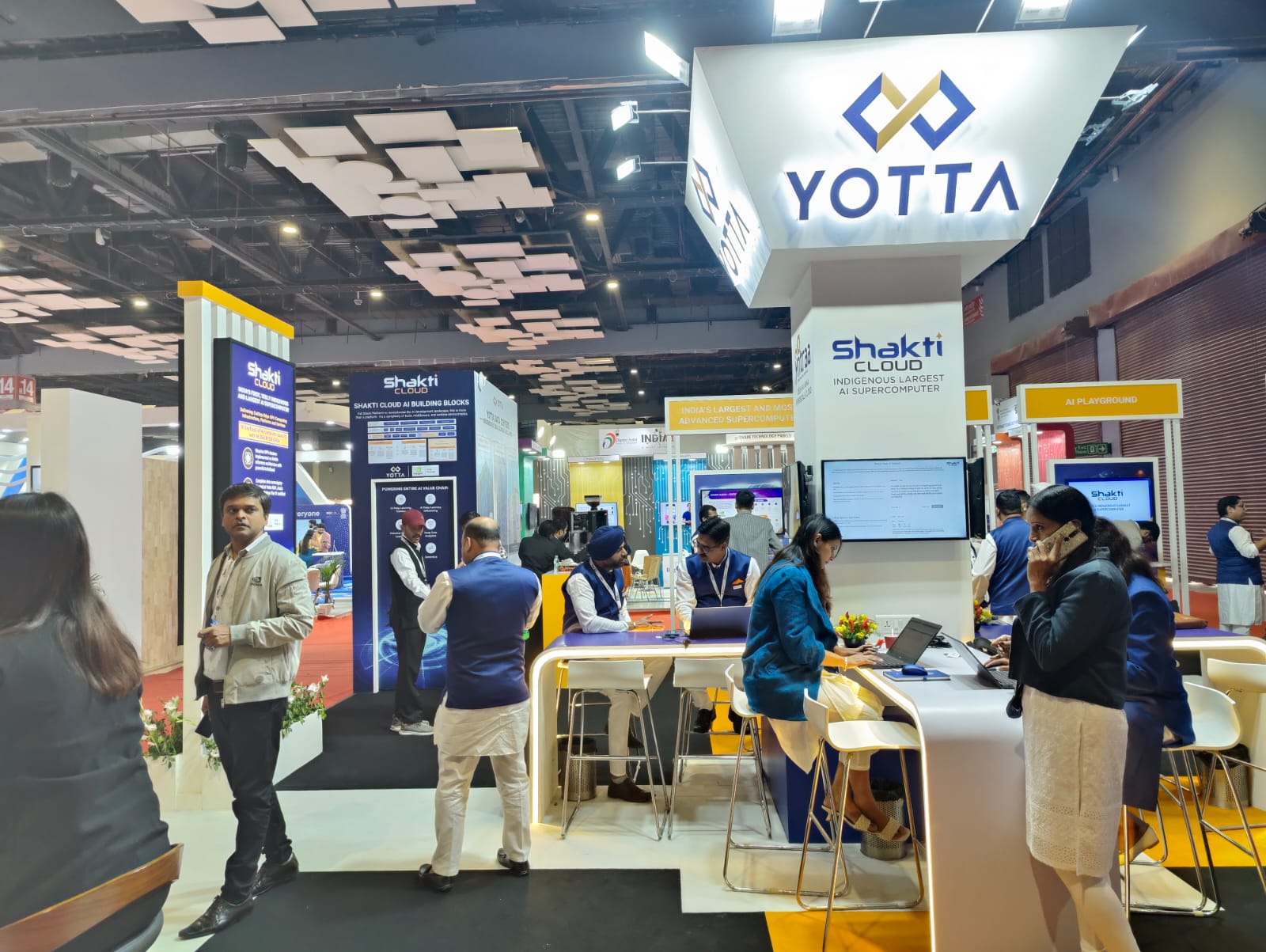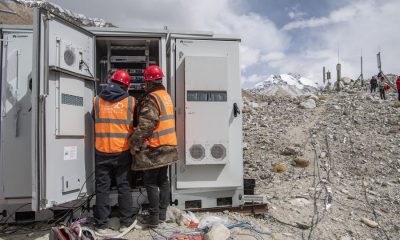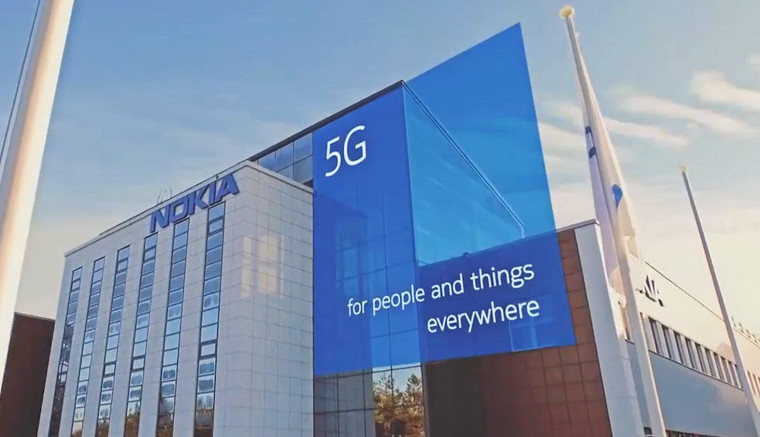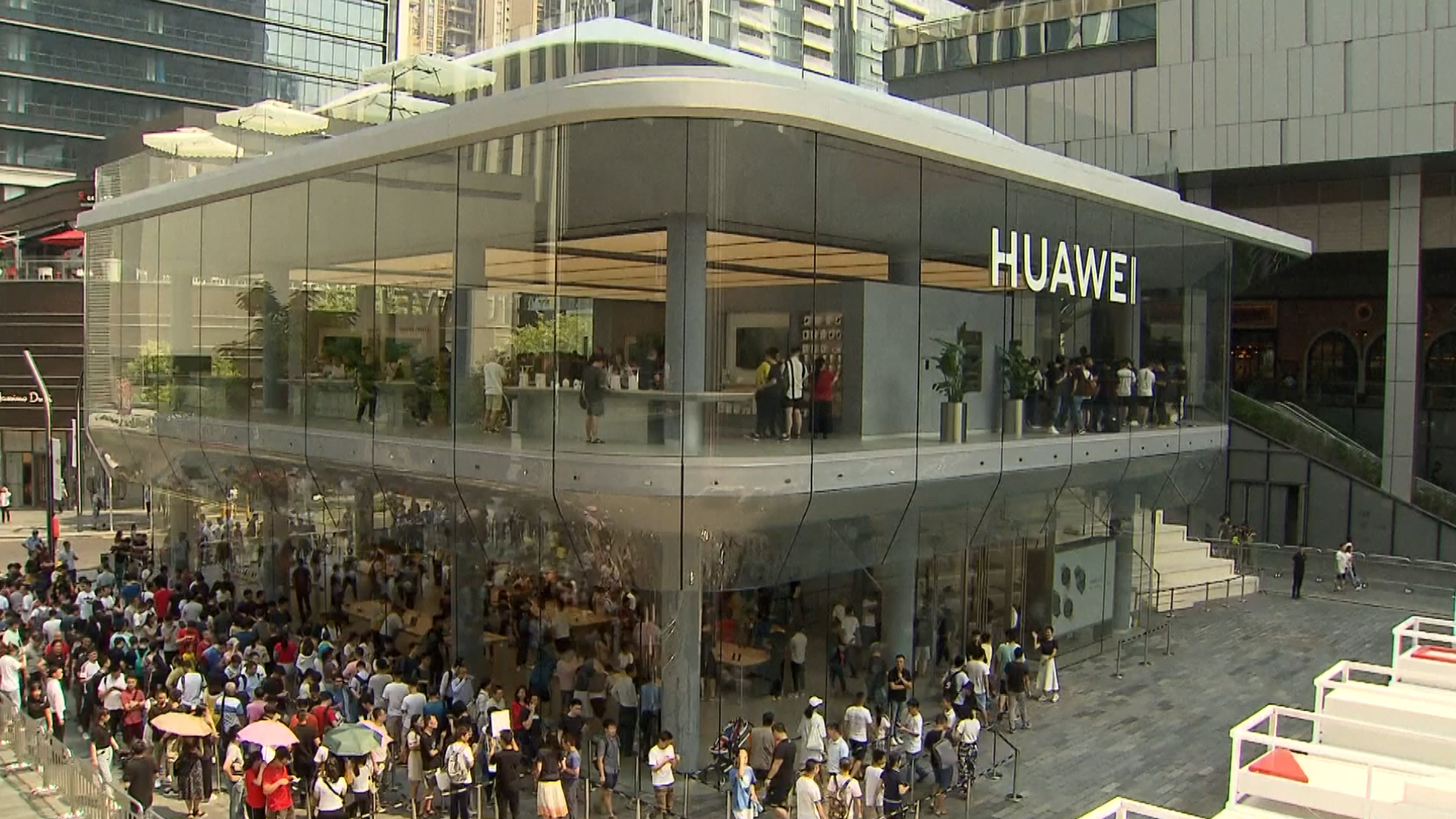News
China successfully launches its first spacecraft to moon to collect samples, return to earth

By K J M Varma
BEIJING/ WENCHANG: China successfully launched its first unmanned space mission on Tuesday to collect samples from the moon’s surface and return to earth, the country’s maiden attempt to retrieve materials from an extra-terrestrial body.
China has successfully launched the Chang’e-5 lunar probe from the Wenchang Spacecraft Launch Site in the southern province of Hainan, state-run CGTN reported. The spacecraft was launched by a Long March-5 rocket at 4.30 am (Beijing Time).
Chang’e-5 is one of the most complicated and challenging missions in China’s aerospace history, as well as the world’s first moon-sample mission in more than 40 years.
The United States sent astronauts to the moon to collect samples. In the Soviet Union’s unmanned lunar sampling missions, the spacecraft took off from the moon and returned to Earth directly.
But China chose a complicated technological approach including unmanned rendezvous and docking in lunar orbit, which could bring back more samples and lay a technological foundation for manned lunar missions, according to Pei Zhaoyu, deputy director of the Lunar Exploration and Space Program Centre of the China National Space Administration (CNSA), ahead of the launch.
The mission will help promote China’s science and technology development and lay an important foundation for China’s future manned lunar landing and deep space exploration, Pei said.
Chang’e-5, comprising an orbiter, a lander, an ascender and a returner, with a total take-off mass of 8.2 tonnes, is expected to accomplish unmanned rendezvous and docking in lunar orbit, a complicated feat.
After it enters the lunar orbit, the lander-ascender combination will separate from the orbiter-returner combination.
While the orbiter-returner orbits about 200 km above the lunar surface, the lander-ascender will touch down on the northwest region of Oceanus Procellarum, also known as the Ocean of Storms, on the near side of the moon in early December, state-run Xinhua news agency reported.
Within 48 hours, a robotic arm will be extended to scoop up rocks and regolith on the lunar surface, and a drill will bore into the ground. About 2 kg of samples are expected to be collected and sealed in a container in the spacecraft.
Then the ascender will take off, and dock with the orbiter-returner in orbit. After the samples are transferred to the returner, the ascender will separate from the orbiter-returner.
When the geometric relationship between Earth and the moon is suitable, the orbiter will carry the returner back to the planet. The returner will re-enter the atmosphere and land at the Siziwang Banner in north China’s Inner Mongolia Autonomous Region.
The whole flight will last more than 20 days.
Pei said if the Chang’e-5 mission succeeds, China’s current lunar exploration project would come to a successful conclusion.
Named after legendary Chinese moon goddess Chang’e, China’s current three-step lunar exploration programme, which began in 2004, includes orbiting and landing on the moon along with bringing back samples.
The aim of the programme is for China to acquire the basic technologies of unmanned lunar exploration with limited investment, Pei said.
China is drawing up plans for future lunar exploration. To pave the way for manned lunar exploration and deep space exploration, the Chang’e-5 mission will use a sampling method different from those of the United States and the Soviet Union, Pei said.
“Unmanned rendezvous and docking in lunar orbit will be a historic first. It will be very difficult,” said Peng Jing, deputy chief designer of the Chang’e-5 probe from the China Academy of Space Technology under the China Aerospace Science and Technology Corporation.
“We could call it a milestone mission. Its success will help us acquire the basic capabilities for future deep space exploration such as sampling and take-off from Mars, asteroids and other celestial bodies,” Peng was quoted by Xinhua.
The scientific goals of the Chang’e-5 mission include the investigation of the landing area to obtain the on-site analysis data related to the lunar samples, as well as systematic and long-term laboratory analysis of the lunar samples.
The landing site of Chang’e-5 will be to the west of that of Chang’e-3, which went to the moon in 2013.
This site is chosen because the region has a young geological age, younger than the sampling areas of the United States and the Soviet Union 40 years ago. This region has never been sampled. The new samples will be of great scientific value, Chinese experts said.
“Domestic and overseas scientists will all have a chance to get the lunar samples to be brought back by Chang’e-5 for research,” Pei added.
Source: Press Trust of India
News
Yotta’s Cloud Data Center in GIFT City, Gujarat goes live

NEW DELHI: Yotta Data Services, an end-to-end Digital Transformation service provider, has announced that its state-of-the-art data centre facility, “Yotta G1”, located in GIFT city, Gandhinagar is ready for service (RFS).
The opening of this data center marks the debut of Yotta in Gujarat and progresses the company’s mission to provide digital services in India’s high-growth markets.
G1 is Yotta’s fifth data center facility in the country. It joins four large operational data centers, two of which, at Navi Mumbai and Greater Noida are part of hyperscale campuses. Yotta G1 is uniquely located inside the International Financial Services Center (IFSC) zone of Gandhinagar’s Gujarat International Finance Tec-City (GIFT city).
G1 represents an investment of more than INR 500 cr. over five years across critical non-IT and IT / Cloud / AI compute infrastructure. The data center has a capacity of over 350 high-density racks and 2 MW power (which can be scaled further as per demand). The facility is designed to meet the most demanding digital needs of its customers, who may be located within GIFT City or anywhere in the world, by seamlessly delivering fault-tolerant facility infrastructure, high-performance Cloud compute and storage infrastructure, advanced physical and cyber security, unmatched connectivity, and steadfast sustainability.
For large global enterprises operating in the GIFT City IFSC zone, the G1 data center functions as a potential data embassy, whereby their data stored is subject to the laws and regulations of their home country, thus allowing them to maintain sovereignty over their data, even when stored in India. By storing data in a physically different location, global enterprises can ensure continuity of operations in case of major disruptions within their borders. The data center’s location also ensures compliance with the IFSC regulations, providing businesses in the zone with distinct advantages like free foreign exchange convertibility, a liberalised regulatory environment, and business-friendly policies. It also helps enterprises adhere to IFSC’s compliance requirements, including being mandated to host their data within the IFSC zone.
Commenting on the announcement, Darshan Hiranandani, Co-founder and Chairman, Yotta Data Services, said, “The state of Gujarat, with GIFT City, has been at the forefront of providing a viable and sustainable platform for global businesses to set up base in India. The setting up of the IFSC zone is a further testament to their vision for financial services companies. We are proud to support this vision of the Gujarat government with a state-of-the-art data center within the IFSC zone, providing the latest and best in cutting-edge technologies to help businesses set up and scale their businesses while also adhering to all regulatory requirements.”
Adding to this, Sunil Gupta, Co-Founder, MD & CEO, Yotta Data Services, said, “Yotta’s G1 marks a pivotal milestone in delivering high-end data center, Cloud, AI compute, storage, connectivity and cybersecurity services to enterprises both on a global and local scale in the Gujarat region. Besides serving the domestic enterprises within and outside GIFT City, our data center shall serve as a potential data embassy for global enterprises, enabling them to adhere to their respective country’s laws while offering a dependable and secure locale for offshore data storage.”
G1 data centre stands distinct in GIFT city for being a data center offering more than just colocation services. True to Yotta’s stature as the end-to-end digital transformation partner of choice for enterprises, G1 brings forth a suite of key features, ranging from advanced data security and customised business solutions to an indigenous hyperscale cloud offering, AI-GPU compute offering, state-of-the-art infrastructure, cybersecurity expertise, seamless integration with managed IT services, 24/7 customer support, cost optimisation, and an overall competitive edge.
This announcement follows on the heels of Yotta’s recent launch of its cloud services – Shakti Cloud and Yntraa Cloud. Powered by NVIDIA’s top-of-the-line GPUs, Shakti Cloud is India’s largest & fastest AI-HPC supercomputer, delivering cutting-edge GPU computing infrastructure, platforms, and services, including Infrastructure as a Service, Platform as a Service, and Software as a Service. Yntraa Cloud, on the other hand, is a truly indigenous hyperscale cloud platform at par with global cloud platforms, offering an exhaustive range of cloud products and services.
News
Optiemus Infracom joins hands with Corning International

NEW DELHI: Domestic contract manufacturer Optiemus Infracom has entered into a joint venture with US-based speciality glassmaker Corning International to set up India’s first manufacturing facility for producing high-quality finished cover glass parts for the mobile consumer electronics industry.
The collaboration between both the companies will help expand India’s electronics manufacturing ecosystem, as the Indian government strengthens its Make in India initiative. As a part of the joint venture, the companies strategically aim to set up a world-class manufacturing facility in India, powered by cutting-edge technologies and processes.
Driven by a shared commitment to innovation and technological excellence, this collaboration will pave the way for the manufacturing of “Made in India” finished cover glass parts for use in mobile consumer electronic devices, and other cover glass applications, to meet the needs of next-generation mobile consumer electronic devices.
The joint venture signifies a powerful synergy between Optiemus’s deep domestic industry and manufacturing knowledge of electronics and telecom market and Corning’s globally-acclaimed expertise in advanced glass technology. By combining these strengths, the joint venture aspires to not only establish cover glass manufacturing capabilities and capacity in India, but also to contribute significantly to the creation of jobs and skill development within India’s thriving technology sector, the companies said in a statement.
Ashok Kumar Gupta, Chairman, Optiemus Infracom, said, “It is a matter of great pride for us to actively contribute to the growing manufacturing ecosystem in the country. With this joint venture, initiated in line with the vision of Hon’ble Prime Minister of India of ‘Make in India’ programme and the “Atmanirbhar Bharat” initiative, we are committed to make available world-class high-quality products for global and local brands.”
“Embarking on this new journey, we intend to emerge as one of the top manufacturers of finished cover glass parts for use in mobile consumer electronic devices in the next five years. Our collective expertise in innovation, design, and manufacturing, will provide holistic solutions for the brands,” Gupta added.
5g
MediaTek Catch-up with Tech: Infinix Zero 30 5G with Dimensity 8020 launched

NEW DELHI: Chipset maker MediaTek, which claims to power more than two billion connected devices every year, hosted ‘Catch-up with Tech’ in collaboration with handset brand Infinix on August 28 to share insightful and engaging conversations about the new-age smartphones and innovative technologies powering everyday lives.
The meet-up threw the spotlight on the MediaTek Dimensity Auto, Satellite solutions and Generative AI along with an extensive showcase of newly-launched Infinix Zero 30 5G powered by MediaTek Dimensity 8020, Infinix GT 10 Pro powered by MediaTek Dimensity 8050, and Infinix QLED TV powered by MediaTek.
In terms of specs, the Infinix Zero 30 5G is tailored for young storytellers and creators, featuring the first-ever smartphone to deliver 4K 60fps video recording from its 108 MP OIS rear camera and ultra-high resolution 50MP front camera. The Zero 30 series powered by MediaTek Dimensity 8020 is said to be a game changer for the front camera vlogging experience along with being the slimmest curved AMOLED smartphone in the segment with glass and a vegan leather back panel. It also claims to be one of the most premium-looking devices in the segment.
The event witnessed a panel discussion moderated by Anuj Sidharth, Deputy Director Marketing & Corporate Communications, MediaTek and included expert panelists from Infinix, MediaTek and two renowned professional photographers.
“With the fifth edition of Catch-up with Tech, we aim to bring consumers closer to the technology and enable them to make informed buying decisions based on their diverse needs. In collaboration with Infinix, this meet-up is in-line with MediaTek’s vision of technology democratization and making innovative technology accessible to everyone,” said Anku Jain, Managing Director, MediaTek India. “The MediaTek Dimensity 8020 in Infinix Zero 30 5G brings faster displays, brilliant cameras and ultra-fast performance. Further, MediaTek Imagiq technologies enrich the capture experience by combining dedicated AI, imaging processors and accelerators to provide incredible results,” he added.
Anish Kapoor, CEO, Infinix Mobile India, said, “Featuring India’s first 50MP 4K 60 fps video recording, Infinix Zero 30 5G is primed to redefine smartphone imaging capabilities, setting a new standard for the creators and vlogging enthusiasts. Our collaboration with MediaTek has played a pivotal role in shaping our exceptional smartphone portfolio, and the Zero 30 5G stands as evidence of our unwavering commitment to innovation and delivering unmatched experiences to our users. The display and design of the device represent a leap forward in smartphone technology. As Infinix Zero 30 5G hits the shelves, we are positive that our customers will find this new offering as exhilarating as we do, further empowering creators to capture their story like never before.”
Radhakrishnan Chakyat, a photography evangelist, founder and host of Pixel Viilage, said, “Infinix Zero 30 5G smartphone powered by MediaTek Dimensity 8020 chipset has amazing hardware features, an excellent camera, dual-view video mode and is primed for optimal content creation and saves a tremendous amount of editing time.”
Aarzoo Khurana, a wildlife photographer, said, “Over the last few days, I clicked various pictures and recorded a few videos with the newly-launched Infinix Zero 30 5G powered by MediaTek Dimensity 8020, and the experience has been truly inspiring. Infinix’s smartphone’s OIS feature helps content creators click shake-free pictures and the front camera, which is extremely sharp and detailed, enables content creators to click countless selfies.”
















